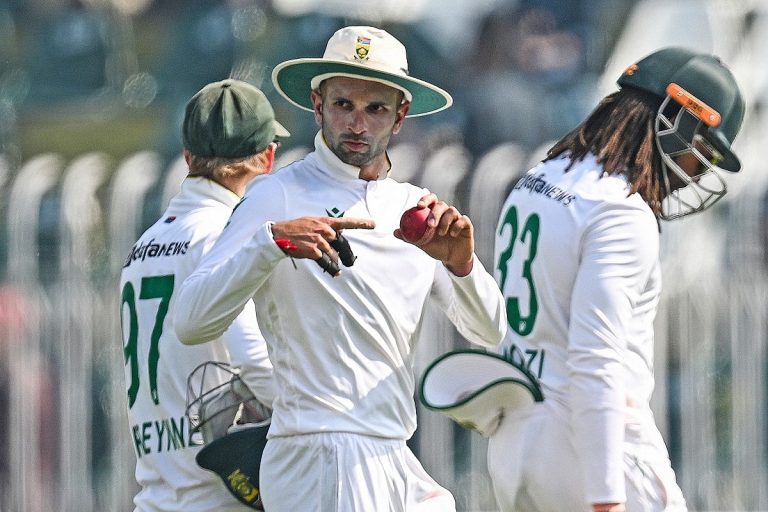Top Youth Football Academies Shaping Future Talent
A recent study by the CIES Football Observatory has identified the leading youth academies that are shaping the future of football worldwide. This comprehensive analysis ranks the top ten academies based on the performance of their trained players in professional leagues, highlighting the significant contributions of both European and South American clubs.
The Leading Academies
Benfica: The Global Leader
Portuguese club SL Benfica has been recognized as the top football academy globally. The club has a strong track record of developing young talent, with notable alumni such as Bernardo Silva, Joao Felix, Ruben Dias, and Goncalo Ramos. Benfica’s success stems from a development model that emphasizes elite coaching and a commitment to integrating academy graduates into the first team, allowing them to gain experience in major competitions early in their careers.
Barcelona’s La Masia: A Legacy of Excellence
FC Barcelona’s La Masia ranks second in the world and is renowned for producing some of the greatest footballers in history. The academy is the birthplace of legends like Lionel Messi, Xavi Hernández, Andrés Iniesta, and Sergio Busquets. The current generation continues this legacy, with young talents such as Gavi and Lamine Yamal poised to make their mark on the club’s future.
River Plate: South America’s Finest
Argentinian club River Plate holds the distinction of being the best academy outside Europe, coming in third overall. Known as the Semillero de Campeones (Nursery of Champions), River Plate has a rich history of nurturing talent that has shaped South American football. The academy has produced 97 players currently active in professional leagues, with an average of 2,305 minutes played in the past year. Historic figures like Alfredo Di Stefano, Daniel Passarella, and Javier Mascherano all hail from River Plate, alongside recent stars like Julián Álvarez and Enzo Fernández, who contributed to Argentina’s victory in the 2022 World Cup.
The Top Ten Academies
1. SL Benfica (Portugal) 2. FC Barcelona (Spain) 3. River Plate (Argentina) 4. Ajax (Netherlands) 5. Boca Juniors (Argentina) 6. Sporting CP (Portugal) 7. Dinamo Zagreb (Croatia) 8. Defensor SC (Uruguay) 9. Real Madrid (Spain) 10. Velez Sarsfield (Argentina)
The dominance of European clubs in the top ten is evident, but the presence of three South American academies underscores the region’s ongoing ability to produce world-class players.
FAQs
What criteria were used to rank the football academies?
The ranking was based on the performance of players trained at these academies, including their minutes played, the competitive level of their clubs, and the overall volume of homegrown talent in professional leagues.
How does River Plate compare to other academies?
River Plate is recognized as the best academy outside Europe, with a strong emphasis on developing players who have gone on to achieve success in both domestic and international competitions.
What impact do these academies have on professional football?
These academies play a crucial role in shaping the future of football by nurturing young talent, providing them with the skills and experience needed to succeed at the highest levels of the sport.
Conclusion
The CIES Football Observatory’s study highlights the significant role that youth academies play in the development of professional football. With clubs like Benfica, Barcelona, and River Plate leading the way, the future of the sport looks promising as these academies continue to produce exceptional talent. As the landscape of football evolves, the influence of these institutions will remain vital in shaping the next generation of players.
The emphasis on youth development within these academies reflects a broader trend in professional football, where clubs increasingly recognize the value of nurturing homegrown talent. This approach not only enhances the quality of the teams but also contributes to financial sustainability, as developing players internally can reduce the need for expensive transfers. Furthermore, the integration of advanced training methodologies and sports science has become commonplace, allowing these academies to refine their training processes and maximize player potential.
As global football continues to evolve, the competition among academies is likely to intensify. Clubs are investing heavily in scouting networks and facilities to attract the best young talent, which may lead to shifts in rankings over time. The success of these academies is not only measured by the number of players they produce but also by the impact those players have on the sport, both on and off the pitch. The legacy of these institutions will undoubtedly influence the future trajectory of football for years to come.
Also Read:
Emirates Named Best International Airline for 2025







